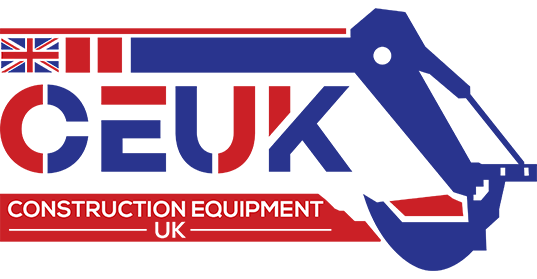How to Inspect Used Construction Equipment Before Buying
Construction projects don’t always receive a substantial budget for performing different tasks like demolishing, towing, and hauling materials. This is why optimising your allotted budget is something you’ll practice a lot when dealing with various job opportunities. Thankfully, you don’t have to buy brand new heavy equipment for your fleet. After all, you don’t have to play an ace if a two will do.

Before you buy second-hand construction equipment
Purchasing used construction equipment is an excellent way to cut down on your project’s expenses while still getting the job done. However, you should always be a cautious buyer when dealing with second-hand equipment. Although you’re saving a lot on your logistical costs, that doesn’t mean you should just purchase any offers available. This is why you should never have a tunnel vision on the price tag and learn instead how to inspect your prospective purchases.
Before you buy used construction equipment, here are five features you should double-check:
1. Smoking engines
It’s not uncommon for heavy equipment to have less than optimal exhausts over time. However, you should still gauge if you’re buying a worn-out model or not. Even if the dealer offers lower prices, it’s unlikely that your purchase will be worth the money you invest in it. Ask the seller to give you an overview of all the controls, from every speed and movement, and test it out in real-time. Ensure that it rides smoothly before you move on to check on its other components.
2. Backhoe loaders, arms, and cylinders
Ensuring that your heavy equipment works should give you an idea of how they’ll operate in real-time. Although they may work fine when testing them, they could reveal other forms of damage afterwards. Check if there are leaking fluids under the machine, from its arms to its cylinders. If it’s already breaking apart with a test run, it’s probably best for you to avoid purchasing them.
3. Signs of welding
Construction equipment can last a long time under the right conditions. This is why it’s necessary to be careful in estimating if you’re buying a 10 or 15-year old second-hand model. Since heavy machinery goes through intense levels of loads and stress, it’s common for some parts to break down and require welding for reattachment. Remember that welded components are never as strong or precise as their original teel. Because of this, it might be unreliable for long-term use. Unless you’re willing to risk it, it’s best to look at your other options if you see signs of welding.
4. Odd noises from the brakes
Part replacements aren’t uncommon when handling heavy machinery. However, the seller can end up cheating you for a low price if some parts are too expensive to replace yourself. For example, if the external brake disks are making odd noises, it’s usually a sign that you’ll need the vehicle to undergo massive repairs. Unless you’re willing to shoulder the differential cost, it’s best to look at your other options.
5. Seized equipment
Seized products are a common red flag for people purchasing second-hand heavy machinery. It indicates that the equipment is in poor condition due to its previous owner. Before you ask about a product’s specifications, it’s best to learn about its history first.
Conclusion
Buying second-hand doesn’t mean you’ll always run into the complications above. In fact, many resellers in the market can provide a good value for your money’s worth. For this reason, it’s important to research your chosen vendors to check their credibility and track record.
At Construction Equipment UK (CEUK) we specialise in providing heavy equipment in the UK and across the North and South American market. Call us on 0115 855 0963 to learn more about our products and services!

